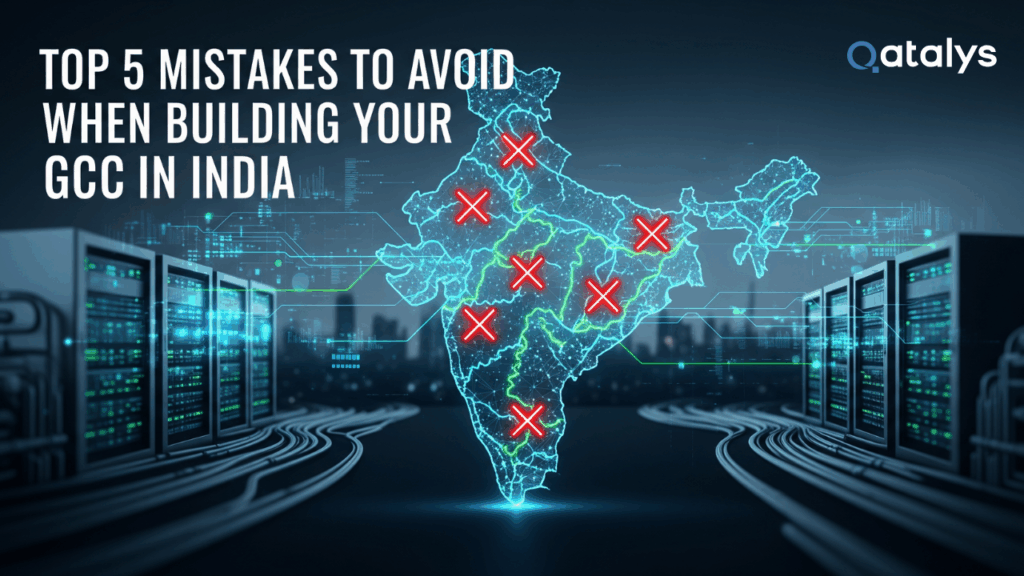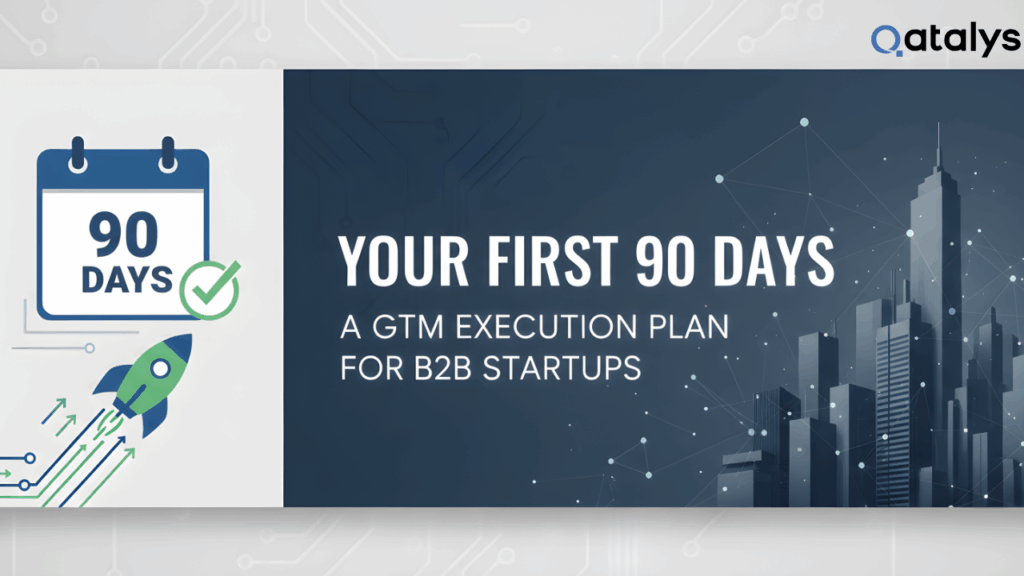Every leadership team in B2B SaaS wants to crack the code for repeatable, efficient growth. With investors and boards demanding sharper accountability, dashboards have become mission control for go-to-market (GTM) teams. But with a flood of numbers at your fingertips, which metrics offer insight versus noise? Tracking the right GTM KPIs helps you optimize revenue, spotlight bottlenecks, and ensure alignment between sales, marketing, and customer success.
Why Moving Beyond Vanity Metrics Matters
While it’s tempting to fill dashboards with pageviews, signups, and email open rates, these numbers rarely tie back to what truly matters: predictable revenue and customer success. Operational leaders share a clear consensus from years in the trenches. Metrics need to map to business outcomes. A sharp GTM framework does more than track performance; it powers decision-making and exposes where to invest next. Avoiding vanity indicators means acting on numbers that reveal genuine impact, not just busy activity.
The Top 10 GTM Metrics for B2B SaaS Growth
Below are the essentials. Each one proven by high-growth SaaS teams to drive strategy, efficiency, and scale.
1. Lead Velocity Rate (LVR)
LVR measures the month-to-month growth of qualified leads entering your funnel. This metric gives insight into pipeline health and growth trajectory. It’s forward-looking: while revenue is retrospective, LVR predicts future growth. For marketing and SDR managers, a consistently rising LVR validates that demand generation efforts are working in real time.
2. Cost per SQL (Sales Qualified Lead)
Measuring the cost to generate a sales-ready lead helps keep marketing spend accountable. Unlike MQLs, SQLs have passed rigorous qualification, which means this metric exposes how efficiently paid channels, campaigns, or partnerships move high-potential prospects down the funnel. Companies that regularly benchmark this KPI can quickly spot inefficiency in source mix or targeting.
3. Win Rate
Win Rate tracks the percentage of qualified deals closed versus those lost during a specified period. It’s a pulse check for sales effectiveness and product-market fit. Patterns in win rate often reveal whether messaging resonates, pricing is competitive, or competitors are eroding your close ratio. By analyzing win rates by segment, territory, or rep, teams can pinpoint best practices or process weak spots.
4. Average Sales Cycle Length
This metric reveals the typical duration between first contact and closed-won deal. A shortening sales cycle might signal better alignment between marketing, sales, and product messaging. Conversely, elongation could diagnose friction in process or mismatches between expectations and outcomes. Tracking it over time helps identify issues in onboarding, contractual negotiations, or solution complexity.
5. Customer Acquisition Cost (CAC)
CAC tracks the full investment needed. Across marketing, sales, and customer success. To close each new account. For B2B SaaS, this number is foundational, giving a clear view into spending efficiency. Lowering CAC without sacrificing lead quality can have a dramatic impact on runway and profitability. SaaS companies that segment CAC by product or channel discover which areas deliver scalable, cost-effective customer growth.
6. Lifetime Value (LTV)
LTV calculates the net revenue earned over the lifespan of a customer, on average. Long-tail expansion and renewal rates extend LTV, making it central to any recurring revenue business. By analyzing LTV by cohort, product edition, or customer segment, leadership can identify where to prioritize customer success initiatives or upsell campaigns. High LTV reflects strong retention and loyalty.
7. Net Revenue Retention (NRR)
NRR weaves together revenue expansion, contraction, and churn for existing accounts. It shows how effective your company is at not only retaining but also growing wallet share from your customer base. For SaaS models dependent on expansion revenue, a healthy NRR (typically above 100%) supports sustainable growth, even with less aggressive new logo acquisition.
8. Churn Rate
Churn Rate shows the percentage of customers or recurring revenue lost during a given period. High churn eats into the base needed for compound growth. Tracking both logo and revenue churn provides a clearer picture of what’s driving attrition. Consistency or decline in churn signals stability; spikes call for deep dives into onboarding, support, or product experience issues.
9. Monthly Recurring Revenue (MRR) Growth
MRR Growth is the heartbeat of the SaaS subscription model. It measures the net new recurring revenue added each month from new sales, upsells, and expansions, minus churn and downgrades. Leaders use MRR Growth to forecast future runway and test whether GTM changes are driving sustainable progress.
10. LTV:CAC Ratio
The LTV:CAC ratio is a gold standard for SaaS profitability. A ratio above 3:1 is commonly cited as healthy for B2B SaaS. Meaning every dollar spent to acquire a customer generates at least three dollars in lifetime profit. Falling below 2:1 raises red flags about acquisition strategy, customer fit, or retention. Exceptional companies segment this ratio by cohort, channel, or product to isolate high-performing growth engines.
Why These Metrics Outperform Vanity Indicators
These ten KPIs go well beyond the surface, connecting daily GTM execution to long-term enterprise value. My own experience leading growth teams and supporting SaaS startups echoes what leading benchmarks reveal. Companies that obsess over these numbers build a foundation for sustainable scale. Relying on activity metrics alone creates blind spots; this data set ensures focus stays on what moves the growth needle.
Making Metrics Actionable: How to Use These KPIs in Your GTM Strategy
Staring at a dashboard full of numbers doesn’t drive results unless those indicators trigger focused action. Here are tried-and-true ways that high-growth SaaS teams turn metrics into levers for operational improvement:
- Set clear owners and thresholds for each metric. Whether it’s Sales Ops managing Win Rate or Marketing driving Lead Velocity Rate, clarity fuels accountability.
- Track the metrics in real time, not only monthly or quarterly. Real-time dashboards empower course correction before small issues spiral into major blockers.
- Use leading indicators, such as LVR and Cost per SQL, to spot demand shifts before they impact bookings.
- Regularly investigate outliers. Big swings in Churn Rate, spikes in CAC, or a sudden dip in Sales Cycle Length often mask changes in external market or internal process.
- Layer metrics by segment, product, or acquisition channel. One-size-fits-all numbers can hide high-ROI micro-markets or lagging segments needing attention.
When operational reviews become regular, focused on these numbers, and involve every GTM leader. Not just analysts. Alignment soars. Marketing efforts can be adjusted to address funnel gaps, while sales teams can double down on winning segments. Customer success teams will find new opportunity when NRR or Churn Rate trends spotlight renewal risks or upsell windows.
Qatalys partners with SaaS enterprises and startups to help build the right data infrastructure, capture these insights, and accelerate GTM innovation. By partnering around these metrics, organizations can move from chaotic growth to steady, predictable scale.
Key Takeaways: Building a GTM Dashboard That Powers Growth
Growth isn’t about collecting the most KPIs but tracking a handful that reveal the genuine drivers of recurring revenue, customer loyalty, and market expansion. By moving past vanity metrics and prioritizing actionable GTM numbers like Lead Velocity Rate, CAC, LTV, and NRR, SaaS founders and operators can foster a culture of insight-driven execution.
A GTM dashboard should help you:
- Drive alignment across sales, marketing, and customer success teams through comprehensive growth frameworks.
- Improve forecasting with predictive and lagging indicators.
- Optimize pathway bottlenecks, budget allocation, and customer journeys to accelerate sustainable growth.
- Assess profitability with clarity, ensuring every dollar invested in acquisition or retention generates exponential return.
For leaders ready to design a next-gen SaaS dashboard, the time to act is now. Bringing these metrics together isn’t just a reporting exercise. It’s a growth lever. Connecting these KPIs to proven market validation strategies ensures founders build dashboards that reveal genuine market opportunities alongside operational performance.
Looking for a partner that understands how to harness these metrics to build and scale your SaaS growth engine? Qatalys offers the digital transformation, growth services, and data expertise founders and enterprises need for what’s next. Let’s build scalable success together. Talk to us about your GTM.
Frequently Asked Questions
What’s the difference between MQL and SQL on a GTM dashboard?
MQL (Marketing Qualified Lead) reflects early-stage interest, while SQL (Sales Qualified Lead) has passed more rigid qualification and is ready for sales outreach. Successful GTM dashboards focus on SQL metrics because they’re much more predictive of revenue.
How often should GTM KPIs be reviewed with the team?
High-performing teams monitor these KPIs in real time and use them as part of weekly reviews. Regular check-ins catch problems early and help maintain accountability across functions.
What is a healthy Net Revenue Retention (NRR) for B2B SaaS?
NRR above 100% is a strong indicator, showing the business isn’t just holding on to customers but expanding wallet share. Top-performing SaaS companies often see NRR in the 115-130% range.
Why is the LTV:CAC ratio emphasized for SaaS profitability?
This ratio directly ties acquisition cost to lifetime revenue. It keeps growth efforts disciplined, ensuring you aren’t overspending to win new business relative to customer value gained.
How can Qatalys support SaaS companies with GTM dashboards?
Qatalys brings deep know-how in digital transformation, AI-driven analytics, and growth strategy. Our consultants help you set up the right data pipelines, interpret key GTM metrics, and build dashboards that unlock sustainable, scalable growth.








